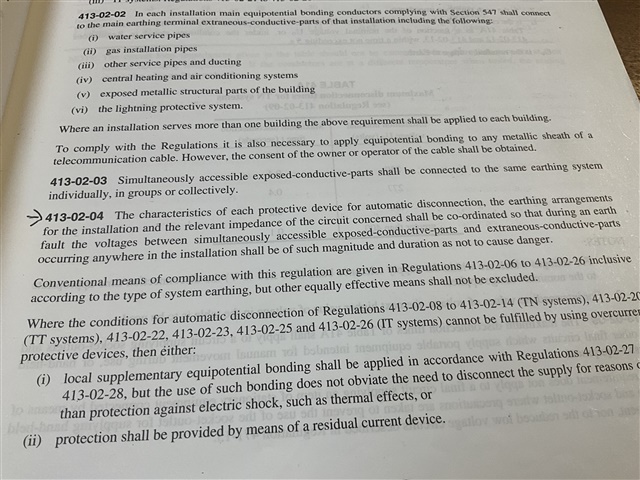during an inspection and subsequent Consumer Unit change i have found the above to be bonded .
i have not checked this to see if its an extranous conductive part.
my thoughts are in a pen fault ,this could all become live to some degree.
is the risk and results of this lower than no bonding at all?

